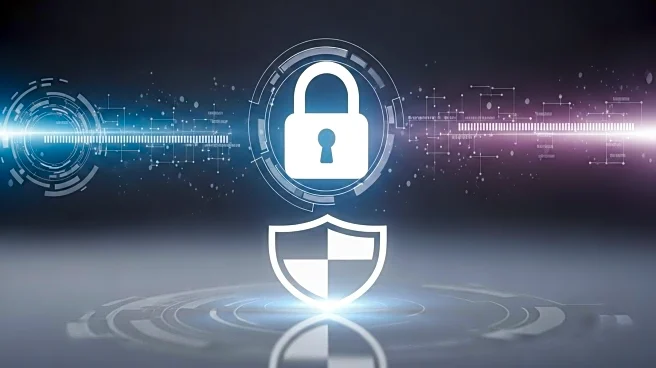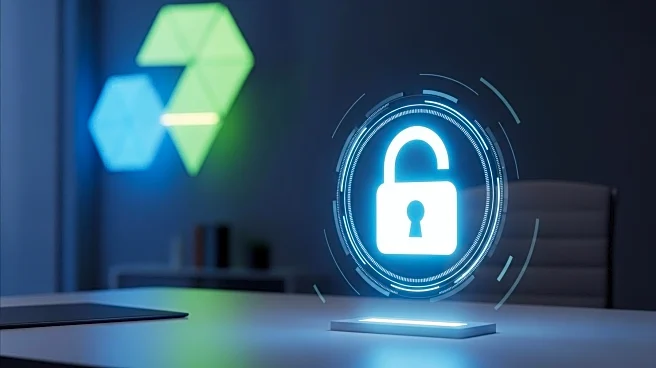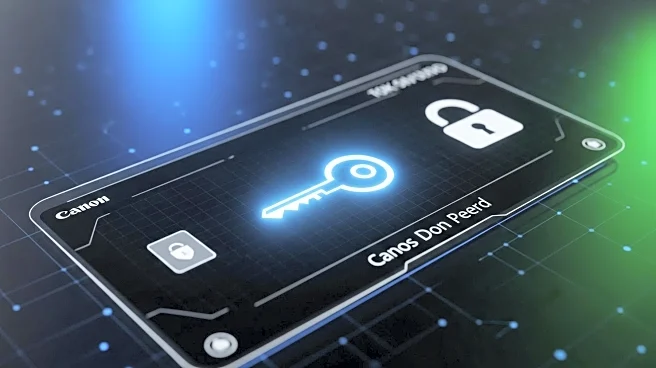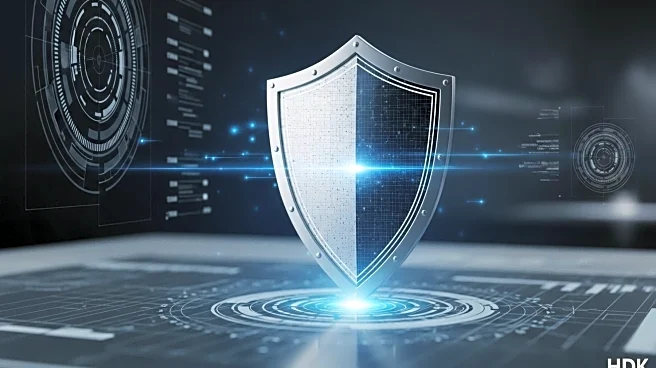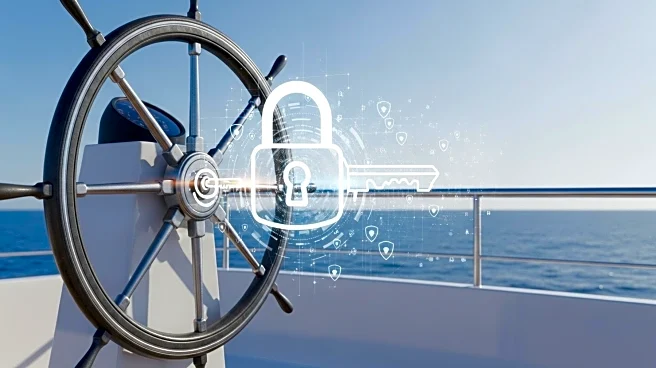What's Happening?
Higher education institutions are increasingly adopting zero trust as a cybersecurity strategy to protect their networks and data. Zero trust operates on the principle of 'never trust, always verify,' requiring continuous authentication and verification of users and devices. This approach enforces least-privilege access, ensuring users have only the minimum access necessary for their roles. The strategy focuses on five pillars: identity, devices, networks, applications and workloads, and data. Institutions like Virginia Commonwealth University (VCU) have implemented zero trust to secure remote access and protect against cyber threats. VCU replaced traditional VPNs with Zscaler’s Zero Trust Network Access (ZTNA) software, which provides encrypted connections between users and authorized applications, enhancing security by limiting access to specific applications rather than broad network access.
Why It's Important?
The adoption of zero trust in higher education is crucial as institutions face increasing cybersecurity threats, especially with the rise of remote work and digital learning environments. By implementing zero trust, colleges and universities can better protect sensitive data and maintain the integrity of their networks. This approach reduces the risk of cybercriminals exploiting compromised credentials to access critical systems. The shift to zero trust also reflects a broader trend in cybersecurity, emphasizing continuous verification and least-privilege access. As educational institutions become more borderless, with employees and students accessing resources from various locations, zero trust provides a robust framework to ensure consistent security across all environments.
What's Next?
Institutions adopting zero trust will likely continue to refine their strategies, focusing on identifying critical security gaps and integrating technologies that support zero trust principles. This may involve investing in tools like multifactor authentication, network microsegmentation, and data loss prevention. Additionally, colleges and universities will need to develop policies that align with zero trust principles, ensuring that technological implementations are supported by appropriate governance. As more institutions embrace zero trust, there may be increased collaboration and sharing of best practices within the higher education sector to enhance cybersecurity resilience.
Beyond the Headlines
The move towards zero trust in higher education highlights the evolving nature of cybersecurity, where traditional perimeter-based defenses are no longer sufficient. This shift may lead to broader changes in how educational institutions approach IT security, potentially influencing other sectors to adopt similar strategies. The emphasis on continuous authentication and least-privilege access could also drive innovation in cybersecurity technologies, as vendors develop solutions tailored to the unique needs of educational environments.
